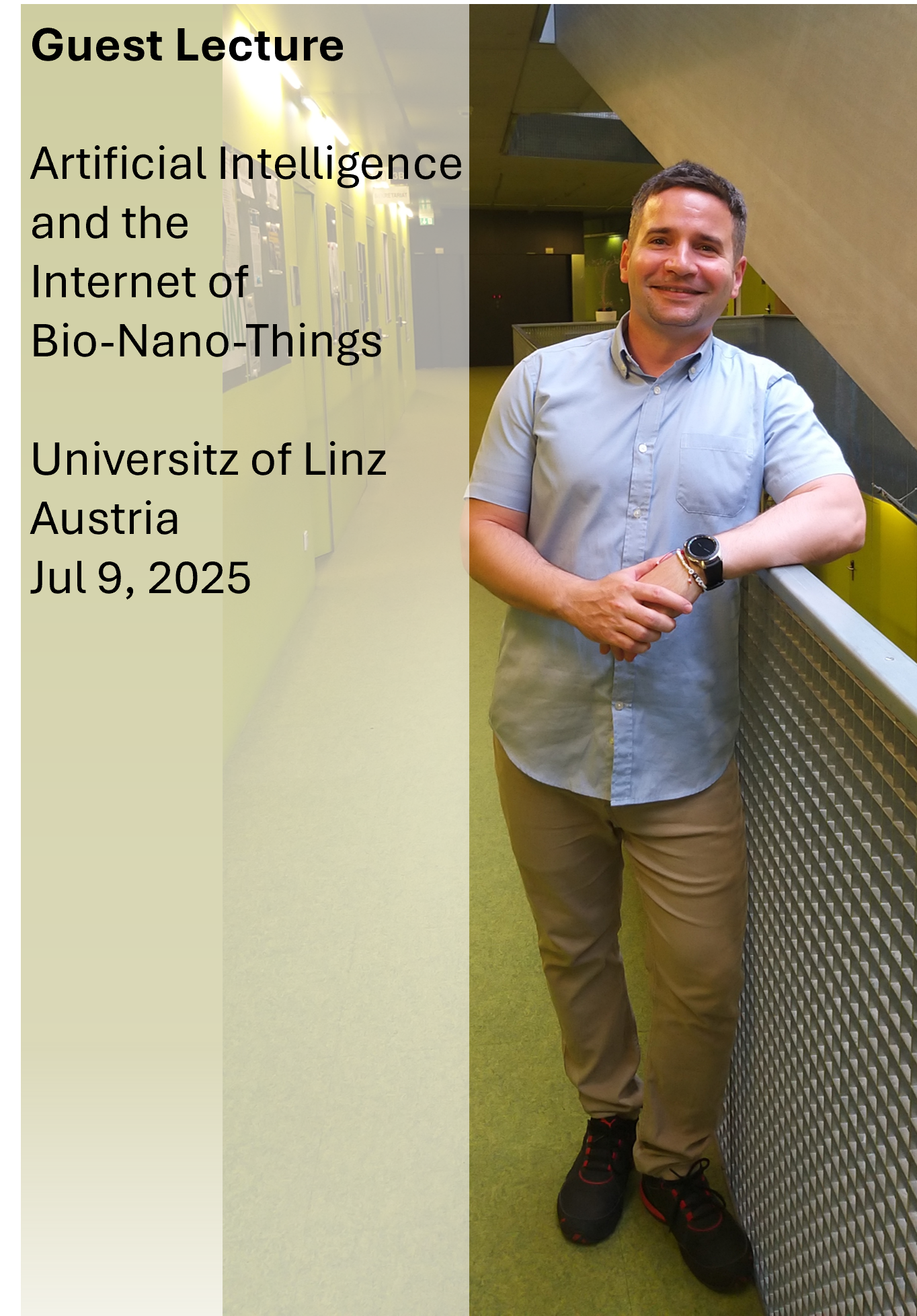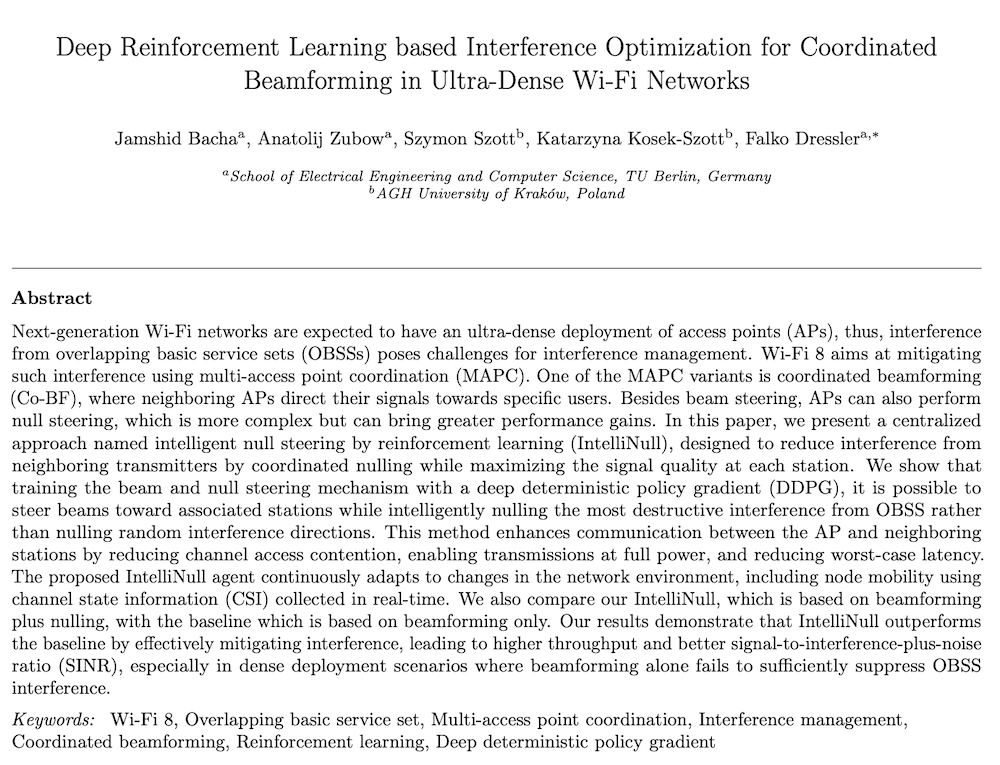Literature Database Entry
dressler2010biological
Falko Dressler, "Biological principles and sensor networks: self-organized operation and control," PerAda Magazine - towards pervasive adaptation, October 2010.
Abstract
The concept of sensor networks provides a framework for investigating algorithms and methods related to massively distributed systems. Sensor networks - i.e., networked embedded systems - are strongly constrained in terms of computational and communication resources, and, most importantly, energy. Because classical techniques do not scale owing to the inherent overhead required to maintain global state information, operation and control in such networks calls for completely new paradigms. Aside from several technical solutions that address data management and routing as well as programming, it turns out that sensor networks possess structures and behaviours that are very similar to those observed in nature. Here, we aim to introduce some of the ideas relating to specific programming and data-management solutions that have been inspired by the signalling principles of molecular biology.
Quick access
Original Version ![]() (at publishers web site)
(at publishers web site)
Authors' Version ![]() (PDF on this web site)
(PDF on this web site)
BibTeX ![]()
Contact
BibTeX reference
@article{dressler2010biological,
author = {Dressler, Falko},
doi = {10.2417/2201010.003286},
title = {{Biological principles and sensor networks: self-organized operation and control}},
journal = {PerAda Magazine - towards pervasive adaptation},
publisher = {PerAda},
month = {10},
year = {2010},
}
Copyright notice
Links to final or draft versions of papers are presented here to ensure timely dissemination of scholarly and technical work. Copyright and all rights therein are retained by authors or by other copyright holders. All persons copying this information are expected to adhere to the terms and constraints invoked by each author's copyright. In most cases, these works may not be reposted or distributed for commercial purposes without the explicit permission of the copyright holder.
The following applies to all papers listed above that have IEEE copyrights: Personal use of this material is permitted. However, permission to reprint/republish this material for advertising or promotional purposes or for creating new collective works for resale or redistribution to servers or lists, or to reuse any copyrighted component of this work in other works must be obtained from the IEEE.
The following applies to all papers listed above that are in submission to IEEE conference/workshop proceedings or journals: This work has been submitted to the IEEE for possible publication. Copyright may be transferred without notice, after which this version may no longer be accessible.
The following applies to all papers listed above that have ACM copyrights: ACM COPYRIGHT NOTICE. Permission to make digital or hard copies of part or all of this work for personal or classroom use is granted without fee provided that copies are not made or distributed for profit or commercial advantage and that copies bear this notice and the full citation on the first page. Copyrights for components of this work owned by others than ACM must be honored. Abstracting with credit is permitted. To copy otherwise, to republish, to post on servers, or to redistribute to lists, requires prior specific permission and/or a fee. Request permissions from Publications Dept., ACM, Inc., fax +1 (212) 869-0481, or permissions@acm.org.
The following applies to all SpringerLink papers listed above that have Springer Science+Business Media copyrights: The original publication is available at www.springerlink.com.
This page was automatically generated using BibDB and bib2web.







